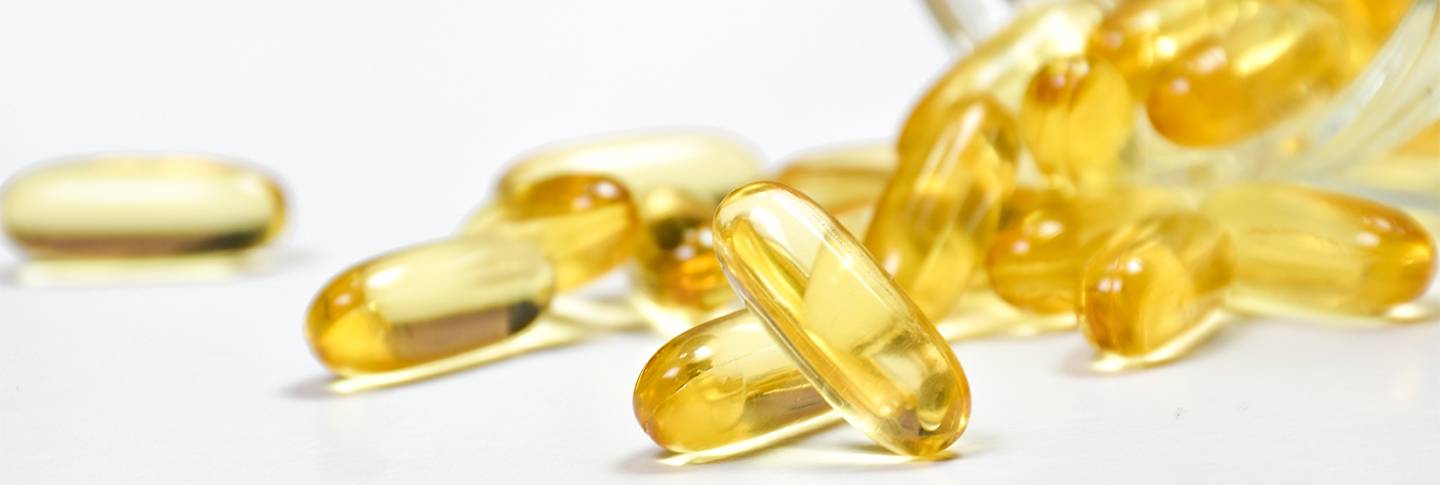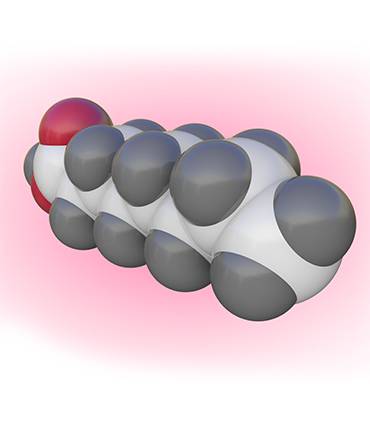- Home
- Our active ingredients
- Fatty acids
- Caprylic acid

Caprylic acid
Coming soon
-
Our active ingredients
- Fatty acids
- Algae
-
Others
- Glutamic acid
- Hyaluronic acid
- Lipoic acid
- Malic acid
- Arginine
- Astaxanthin
- Berberine
- Beta-carotene
- Betaine
- Butyrate
- Caffeine
- Carnitine
- Carnosine
- Choline
- Chondroitin sulphate
- Citicoline
- Citrate
- Citrulline
- Coenzyme Q10
- Collagen
- Creatine
- Cysteine
- Cystine
- Dimethylglycine
- Intrinsic factor
- Fibre
- FOS (fructooligosaccharides)
- Fucosyllactose
- GABA (gamma-aminobutyric acid)
- Royal jelly
- Glucosamine
- Glutamine
- Glutathione
- Glycine
- HMB (calcium β-hydroxy-β-methylbutyrate)
- Cod liver oil
- Shark liver
- Krill oil
- Inositol
- Inulin
- Lactoferrin
- Lutein
- Lycopene
- Lysine
- Melatonin
- Methionine
- MSM (methylsulphonylmethane)
- NAC (N-acetylcysteine)
- NADH (Nicotinamide Adenine Dinucleotide reduced form)
- Ornithine
- PABA (para-aminobenzoic acid)
- Apple pectin
- Pollen
- Polyphenols
- PQQ (pyrroloquinoline quinone disodium salt)
- Propolis
- Pterostilbene
- Quercetin
- Resveratrol
- Rutin
- Serine
- SOD (Superoxyde Dismutase)
- Taurine
- MCT (Medium chain triglyceride)
- Threonine
- Tryptophan
- Tyrosine
- Zeaxanthin
- PEA (Palmitoylethanolamide)
- D-mannose
- Postbiotic
- Enzymes
- Minerals and oligo-elements
-
Plants and fungi
- Acerola
- Milfoil
- Garlic
- Alchemilla
- Aloe vera
- Pineapple
- Angelica
- Aronia
- Artichoke
- Ashwagandha
- Astragale
- Hawthorn
- Elecampane
- Bacopa
- Bamboo tabashir
- Burdock
- Red beet
- Boldo
- Boswellia serrata
- Birch
- Broccoli
- Cocoa
- German chamomile
- Cinnamon
- Carob
- Caraway
- Blackcurrant
- Wheat ceramides
- Vegetal carbon
- Milk Thistle
- Chicory
- Quackgrass
- Chlorophyll
- Chrysanthellum
- Citrus
- Commiphora mukul
- Coriander
- Cranberry
- Turmeric
- Cypress
- Desmodium
- Echinacea
- Eleutherococcus
- Small-flowered fireweed
- Erysimum officinale
- Eschscholzia (California poppy)
- Fennel
- Fenugreek
- Butcher's broom
- Ash
- Fumitory
- Garcinia cambogia
- Chasteberry
- Ginger
- Ginkgo biloba
- Ginseng
- Pomegranate
- Griffonia
- Grindelia
- Guarana
- Marshmallow
- Gymnema sylvestre
- Witch-hazel
- Harpagophytum
- Hibiscus
- Hop
- Argan oil
- Sea buckthorn oil
- Evening primrose
- Borage oil
- Safflower oil
- Linseed oil
- Kudzu
- Red yeast rice
- Bird's-foot trefoil
- Maca
- Maitake
- Horse-chestnut
- Yerba Mate
- Melilotus officinalis
- Lemon balm
- Peppermint
- St. John's Wort
- Blueberry
- Olive
- Oregano
- Orthosiphon
- Nettle
- Fermented papaya
- Paprika
- Passion flower
- Wild Pansy
- Pumpkin seed
- Grapefruit seed
- Perilla
- Mouse-ear hawkweed
- Maritime pine
- Scots pine
- Dandelion
- Ribwort plantain
- Black pepper
- Polypodium leucotomos
- Horsetail
- Prune
- Blond Psyllium = Ispaghul
- Cherry peduncle
- Horseradish
- Grape
- Liquorice
- Meadowsweet
- Reishi
- Golden root
- Rosemary
- Saffron
- Salvia sclarea
- Willow
- Saw palmetto (Serenoa repens)
- Skullcap
- Shiitake
- Solidago
- Sophora japonica
- Tamarind
- White tea
- Green tea
- Thyme
- Red clover
- Tribulus terrestris
- Uña de gato (Uncaria tomentosa)
- Valerian
- Red vine
- Damiana
- Feverfew
- Cornflower
- Grapefruit
- Orange
- Mango (leaves)
-
Strains of flora
- Bifidobacterium animalis lactis BS01
- Bifidobacterium breve
- Bifidobacterium infantis BIO2
- Bifidobacterium longum BL03
- Lactobacillus acidophilus LA-3
- Lactobacillus helveticus Lafti® L10
- Lactobacillus plantarum BG112
- Lactobacillus reuteri DSM17648
- Lactobacillus reuteri LR92
- Lactobacillus rhamnosus GG
- Lactobacillus salivarius SP2
- Microbiota strains 1 item
- Streptococcus thermophilus SP4
- Lactobacillus casei LC03
- Vitamins

Caprylic acid

Description
Caprylic acid, also known as octanoic acid because of its 8 carbon atoms, is a medium chain saturated fatty acid. It is beneficial to health, particularly because of its ability to cross cell membranes and facilitate the absorption of antioxidants.
In addition, caprylic acid has anti fungal and antibacterial properties. This medium-chain acid is used in cases of Candida albicans infection. This fungus is responsible for chronic candidiasis, but also for vaginal mycosis. Due to its small size, caprylic acid integrates into the wall of Candida albicans, leading to the rupture of its cell membrane and the death of the pathogenic fungus.
Caprylic acid is naturally present in breast milk, but also in coconut.
The benefits
Caprylic acid is a medium-chain fatty acid that acts as an anti fungal and anti-inflammatory agent.
Scientific publications
Caprylic acid is the subject of more than 633 scientific publications.











